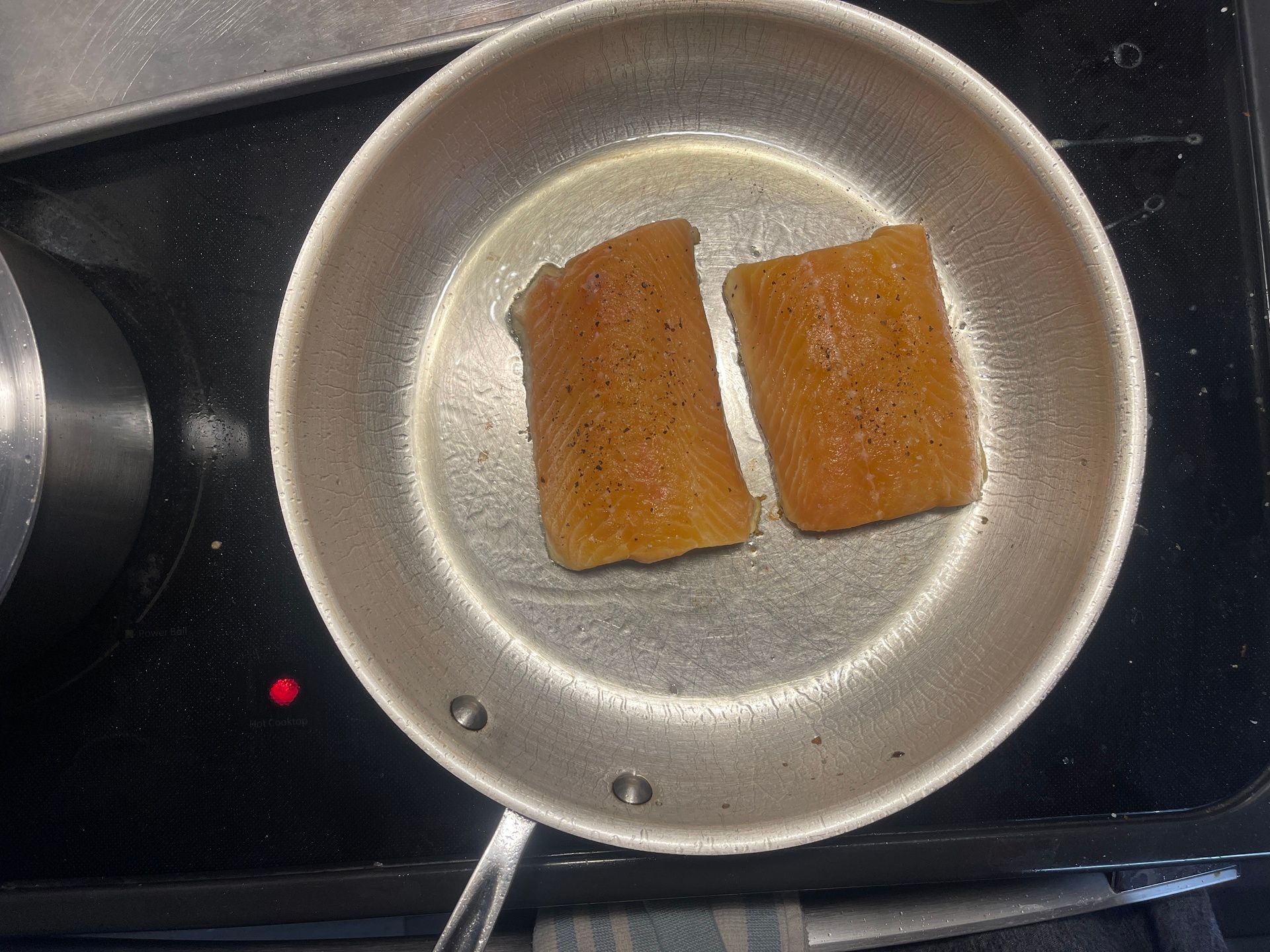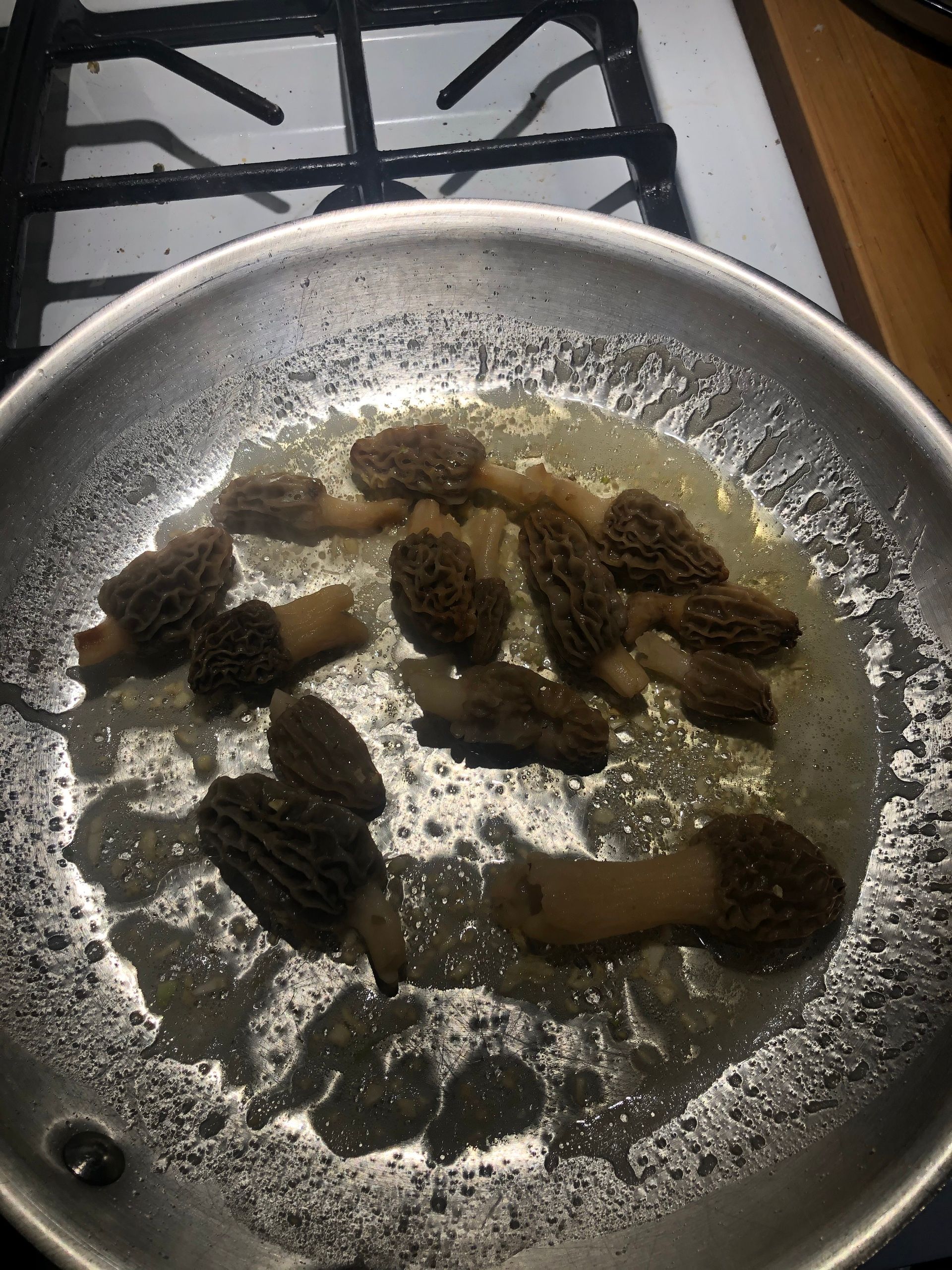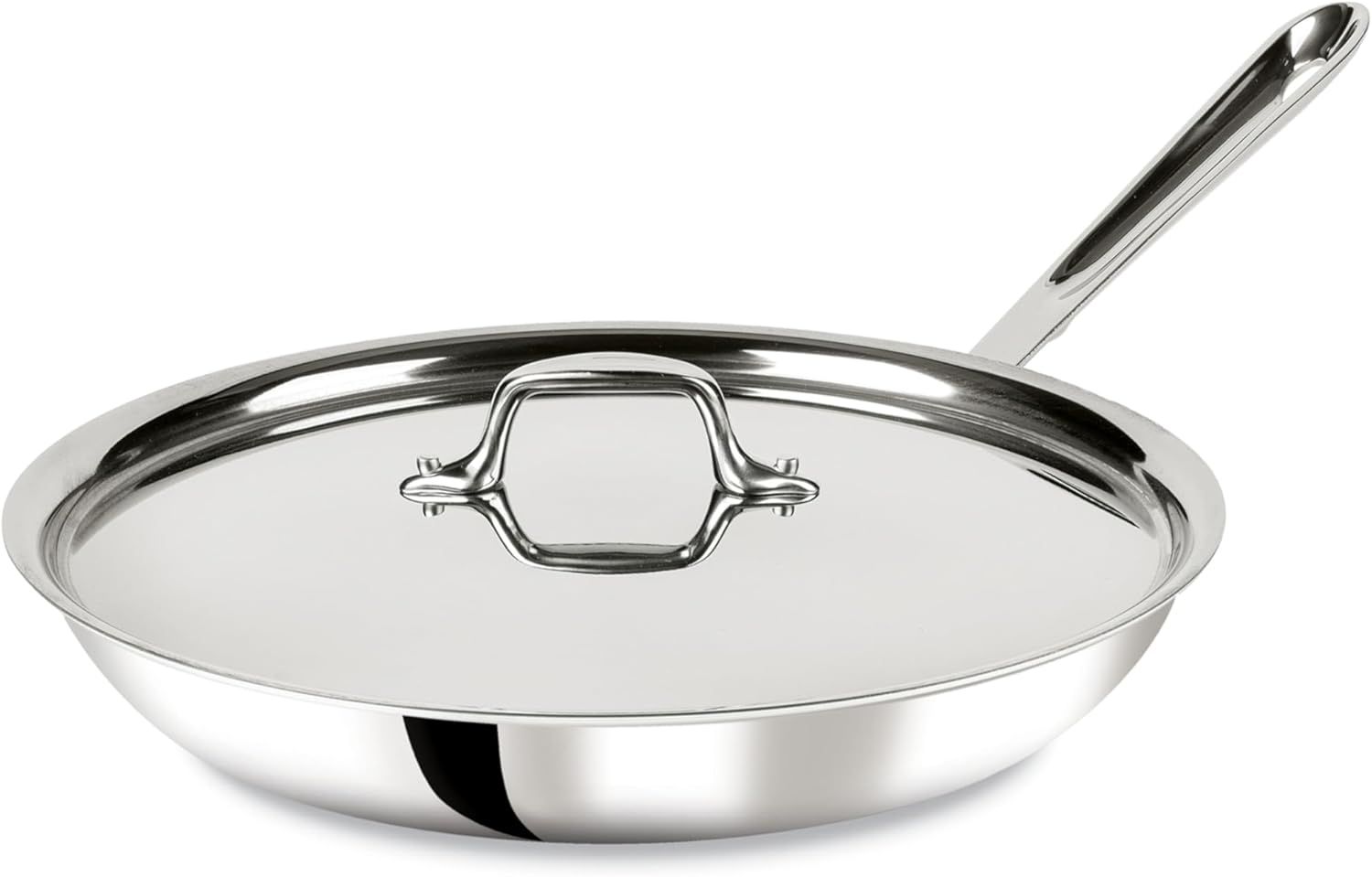- OutThereJCH
- Posts
- Buy Once, Cook Forever: How to Choose Quality Cookware That Lasts
Buy Once, Cook Forever: How to Choose Quality Cookware That Lasts
What I wish I knew about cookware when I started my home cook journey
Disclaimer: This post may contain affiliate links, which means I may receive a commission for purchases made through the links. I only recommend products I have personally used or recently purchased but not yet used.
Money well spent.
I’m hanging out with friends this weekend in Ohio at an Airbnb near one of the Great Lakes. I generally love Airbnb, but one of the things I dread about staying in places that aren’t my own is cooking. As you know, I love to cook, so what could make me feel this way, you might ask? It’s the cookware. It’s trash, and a lot of it is harmful to your health.
This Airbnb is well-stocked with saucepans, skillets, and stockpots. They’re all cheap and a complete waste of money. They all have a non-stick coating that is in various stages of chipping and peeling, which, if you have cookware in this state, you should not cook with at all.
These pans, as most cookware you’ll find in Airbnb’s, were most likely purchased because they are inexpensive, which, on its face, is not a wholly negative reason to make said purchase. No one wants to pay more for something they need, but the only thing cheap non-stick cookware is suitable for cooking, at best, mediocre food, and worst, carcinogenic food.
Quality cookware will set you back several hundred dollars for a comprehensive set (two skillets, two saucepans, one stock pot). Each piece of quality cookware will cost close to $100 or more (full retail price). What’s important to understand, though, is that these prices are worth it, and if you want to get the most out of your cookware, you need to pay these prices.

The first reason to prepare yourself to pay $100 per cookware item is that quality cookware will last you a lifetime. Buy once, cry once. I purchased THIS SKILLET from TJ Maxx over a decade ago, and it’s still the only skillet I’ll ever need. It performs to the same quality now that it did on day one, and I do not expect that twenty years from now it will be anything but its restaurant-quality self.
TJ Maxx and HomeGoods are great places to find deep discounts on high-quality cookware with minor cosmetic defects. I got my forever-skillet for 45% off because it had a scratch on the underside.
I’ll talk about what constitutes ‘quality cookware’ in the next section, but what’s essential to take away from this first section is the idea that quality cookware cannot be had for cheap. You’re going to pay in the three figures, but that price is one you’ll only need to pay for once.
Get your mind right, and get ready to pay.
What to look for.
Quality cookware is multi-layered and requires large quantities of metal to imbue a given piece with two contradictory qualities: durability and conductivity.
What makes a piece of cookware last is the durability of the metal it is made from. Stainless steel is among the most durable and inexpensive metals available. It resists scratches and holds its shape despite knocks and bumps that inevitably come with cooking.
The problem with stainless steel is that it is a poor conductor of heat, which means pots made entirely of this metal will be frustrating to cook with. Imagine needing to cook anything at medium, and because you’re stainless steel skillet doesn’t conduct heat well, you’re constantly having to adjust the temperature to cook your food correctly. Super annoying.
You may have wondered why copper cookware is so expensive and considered fancy, and it’s primarily because copper is one of the best conductors of heat among metals. Aluminum is another metal with very favorable heat conductivity, and is the most common metal used in cookware. The issue with these metals is that they are “soft” and reactive with acidic foods, and thus not ideal for cookware that you want to last without requiring great care and constant attention.
The solution to the dilemma is a sandwich. The common term in culinary circles is “cladding,” which refers to the sandwiching of a highly conductive metal between at least two layers of highly durable metal. All-Clad cookware was one of the first companies to develop this process, and in my opinion, they remain the best at it, although several other companies also do a great job.
Another important distinction within clad cookware is “fully clad” vs. “partially clad”. You want fully clad cookware, which means the entire cookware, save the handle, is made of a metal sandwich. Partially clad cookware typically features a clad base, while the sides are made of less expensive stainless steel. I think partially clad cookware is almost as big a waste of money as non-clad cookware, especially if you’re expecting fully clad level performance. Save your money so you can purchase the real thing.
My favorites.
As I mentioned, I believe All-Clad does the best job of producing high-quality cookware. Their layers of metal tend to be thicker than other brands, and I think their handle shape feels the best. That being said, Made-In Cookware has very quickly established itself as a serious rival to All-Clad. My first fully clad cookware was a 3-quart Made-In saucepan, which I still use extensively to this day. Made-In is the new Hyundai, while All-Clad is BMW or Mercedes.

Misen and Heritage Steel are two other companies that make fully clad cookware, but I don’t have experience with either of them, though I’ve heard nothing from people who’ve tried these brands to suggest they aren’t within the ballpark of All-Clad’s quality. As long as you purchase fully clad cookware, you’ll be in better shape compared to anything else out there.
A word on non-stick.
Not all non-stick cookware is made from PFAS and other awful chemicals. Many companies that make fully clad cookware offer fully clad versions with non-stick surfaces. Enamel coating is a popular and very effective option, while multiple proprietary versions of non-stick surfaces claim to be non-toxic. I don’t care for non-stick cookware, but it takes skill and a lot of butter to make a fried egg in a stainless steel skillet.
Cast iron and carbon steel cookware can be made non-stick with enough seasoning, a joyful process if you have the time and interest. And stainless steel fully clad cookware can be non-stick-ish if you simply preheat your pan sufficiently before cooking - something you should practice doing anyway.
It’s a wonder that more people, especially Airbnb owners, don’t stock their properties with fully clad cookware. Yes, it’s more expensive in the short term, but it’s far more durable and safer for running a business where customers of different culinary skill sets are using cookware. You can also put stainless steel fully clad cookware in the dishwasher.
I’ve started leaving reviews on Airbnb for owners to provide better cookware, in hopes that more will consider the benefits. I hope this primer has helped answer some questions you might have had about why some cookware is significantly more expensive than others.
The Wild Kitchen and Quality Cookware.
Cooking wild food often involves a higher level of skill than we are used to if we grew up eating domesticated foods. Finer temperature control is crucial for cooking wild game, as the difference between well-cooked and overcooked can sometimes be just a few unattentive seconds in the kitchen. One big way to mitigate this reality is to use reliable and accurate temperature cookware that you can spend a lifetime learning with.
Purchasing high-quality cookware is essential for building the Wild Kitchen for all these reasons and more, which I plan to discuss in subsequent issues of this newsletter. Cheers!
CONSIDER THIS
A dependable skillet is worth its weight in gold. Almost any fully clad skillet will do, but this is my favorite. All-Clad offers a monthly “factory seconds” sale, accessible here. You shouldn’t pay full price for any All-Clad cookware unless you want to.
NEW ON YOUTUBE!
In case you missed this episode on the channel or read about it earlier in this article, here it is again.

Reply